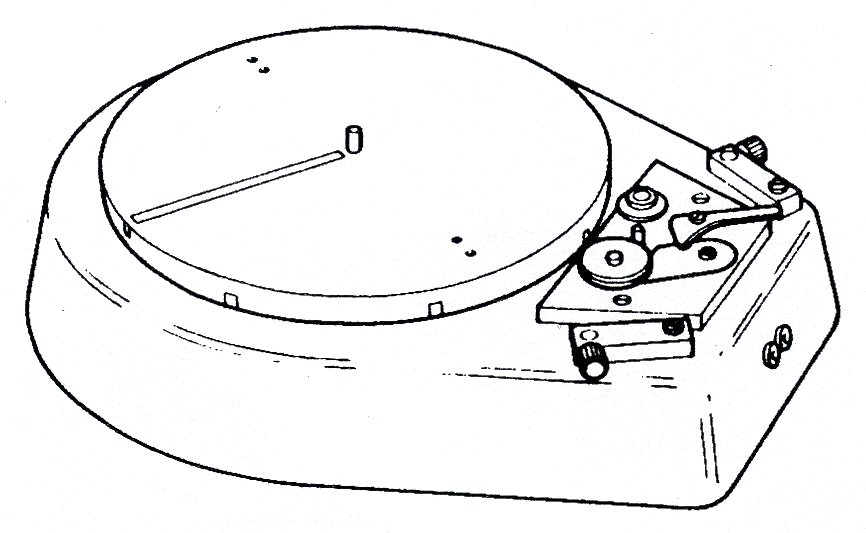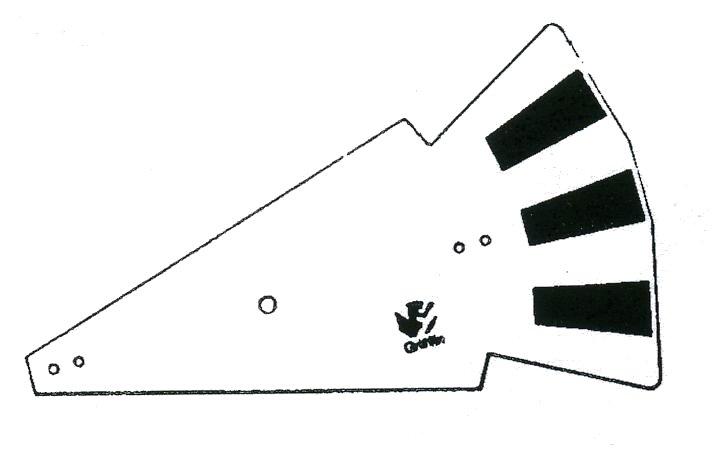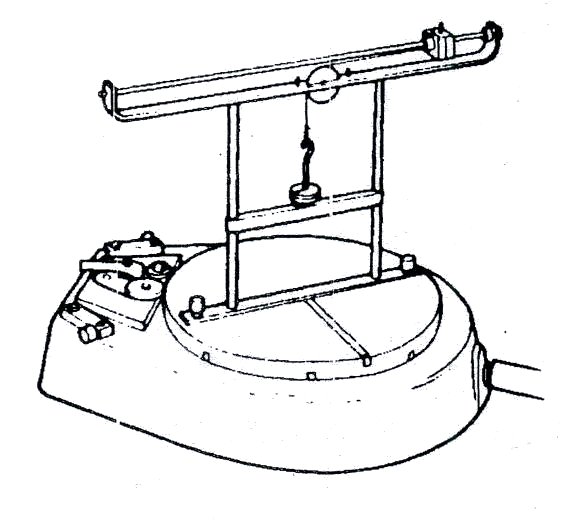Sorry for the long wait! Here are worked solutions to the homework questions on calculus and special relativity. Come and see me if you want to go over any of them. Thanks.
AH Physics
Professor Higgs ftw!
Congratulations to Peter Higgs and Francois Englert on winning the 2013 Nobel Prize in Physics in recognition of their work on the particle we call the Higgs Boson. Here’s a video that may help to explain why this particle is so important to physicists.
The Higgs Boson Explained from PHD Comics on Vimeo.
Using Excel for your LO3 and Investigation
We’ll spend the next two lessons in the library learning how to use Excel. Download the instructions using the link below. If you have your own LO3 data, feel free to work with those values instead of the numbers I have provided.
By the end of this activity you will be able to;
- manipulate raw data using formulae in cells
- plot a graph of your results
- add error bars to your graph
- add a line of best fit
- calculate the gradient and y-axis intercept of your line
ah – particle physics
So we’ve reached the end of unit 2. For those of you interested in finding out more about fundamental particles, here are some ideas to get you started.
- There’s plenty to discover at The Particle Adventure
- Find out more about neutrino research at the IceCube South Pole Neutrino Observatory
- learn how CERN accelerates protons around the LHC
- the exchange of force carrying particles (word)
- Antimatter FAQ
AH magnetism revision
We’ve covered all of the magnetism work that you will need for the prelim at the end of the month. You don’t need to know about inductors for this paper.
Here are some resources to get your revision underway.
We use permanent magnets and electromagnets in class, but to create a really strong magnetic field requires a superconducting magnet like the one in this video.
Disclaimer: I used to work for the company that built that magnet.
I’ve attached a pdf with magnetism notes and questions for you to get some practise at the calculations and proofs you should know.
the Hall Effect
Last week we used Helmholtz coils to demonstrate the Hall Effect in a piece of n-type germanium. I’ve found a video on the sixtysymbols site, where Prof. Bowley from Nottingham University explains what’s going on. Enjoy!
Download the attached pdf document if you’d like to learn more about applications and measurement of the Hall Effect.
AH Physics – using excel
Here is the file you will need for the graphing activity in today’s lesson.
AH investigations – uncertainties and graphs
Now you have some measurements in your daybook, it’s time to look at the uncertainties in your data. There will be scale reading uncertainty, calibration uncertainty and randon uncertainty to consider. I’ve attached a copy of the latest guidance from SQA on uncertainties for AH Physics candidates. Download a copy and use it to help with number crunching.
Remember that there is help available when you are ready to graph your data. Start here.
AH homework
Here are the questions I asked you to do by next Monday.
P40 Q4 & 5
P41 Q9
P42 Q12
P43 Q17 & 18
P44 Q21 & 22
Remember to show your working.
If you need the SQA data booklet, download a copy using the link below.





